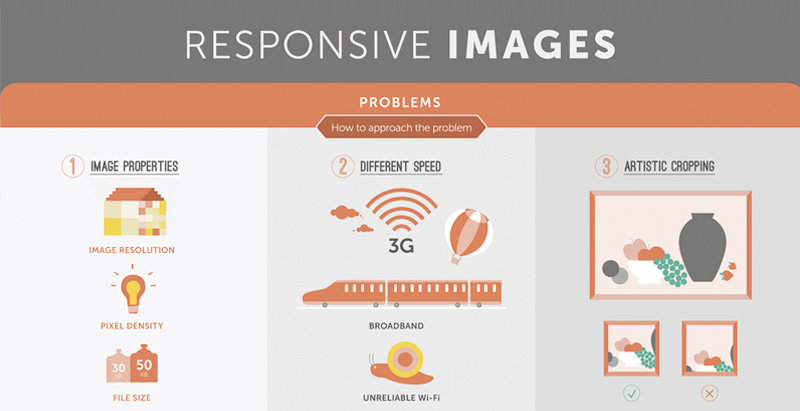Eager To Uncover Just How Web Site Design Has Changed Over Time? Study The Evolution From Simpleness To User-Focused Experiences
Eager To Uncover Just How Web Site Design Has Changed Over Time? Study The Evolution From Simpleness To User-Focused Experiences
Blog Article
Material By-Booker Dalby
In the past, web sites were straightforward and focused on info. Navigating was straight, and design was for desktops. Now, user experience is essential. Information guides layouts for easy navigating. Receptive layouts suit different devices. Today, dark setting lowers pressure, and minimalist food selections improve navigation. Interactive functions engage users, and bold visuals stand apart. AI combination increases engagement. See just how design has evolved to improve your on the internet journey.
Early Days of Website Design
In the early days of web design, simpleness reigned supreme. Sites were standard, with minimal colors, typefaces, and formats. The focus was on offering details as opposed to fancy visuals. Individuals accessed the net through slow-moving dial-up links, so speed and capability were essential.
Navigating food selections were straightforward, generally located on top or side of the page. Web sites were created for desktop, as mobile browsing had not been yet common. Content was king, and developers prioritized easy readability over complex style elements.
HTML was the main coding language used, and developers needed to work within its restraints. Computer animations and interactive features were minimal compared to today's criteria. Web sites were static, with little vibrant web content or tailored customer experiences.
Increase of User-Focused Style
With the advancement of web site style, a change towards user-focused layout concepts has ended up being increasingly noticeable. Today, producing websites that prioritize individual experience is critical for involving site visitors and attaining service goals. User-focused layout includes recognizing the demands, choices, and habits of your target market to customize the web site's format, content, and features appropriately.
Designers currently perform thorough study, such as customer surveys and usability testing, to gather insights and comments directly from customers. This data-driven technique assists in creating user-friendly navigation, clear calls-to-action, and aesthetically attractive user interfaces that reverberate with site visitors. By putting the individual at the center of the layout procedure, websites can deliver a more customized and pleasurable experience.
Responsive layout has additionally emerged as a vital facet of user-focused layout, making sure that sites are maximized for different devices and screen sizes. This versatility enhances accessibility and usability, dealing with the diverse means users communicate with internet sites today. Essentially, the surge of user-focused style indicates a shift in the direction of developing electronic experiences that focus on the requirements and expectations of the end individual.
Modern Trends in Web Design
Check out the most up to date patterns shaping website design today. One famous pattern is dark setting layout, providing a streamlined and modern-day look while reducing eye strain in low-light atmospheres. An additional essential pattern is minimalist navigation, simplifying menus and boosting individual experience by focusing on essential elements. Incorporating micro-interactions, such as computer animated switches or scrolling results, can produce a much more engaging and interactive web site. Responsive style stays crucial, ensuring seamless individual experiences across numerous gadgets. In addition, utilizing bold typography and asymmetrical layouts can add aesthetic interest and accentuate certain web content.
Incorporating AI innovation, like chatbots for client assistance or individualized recommendations, boosts user involvement and enhances processes. Access has likewise come to be a significant pattern, with designers prioritizing inclusive design techniques to deal with diverse user requirements. Welcoming sustainability by optimizing website efficiency for speed and effectiveness is another emerging fad in web design. Working together with customer responses and data analytics to iterate and boost style continuously is essential for remaining pertinent in the ever-evolving electronic landscape. By embracing these modern-day patterns, you can produce a visually enticing, easy to use internet site that reverberates with your audience.
Read the Full Piece of writing
As you assess the evolution of site design from the very early days to currently, you can see just how user-focused style has come to be the driving force behind modern trends.
Accept the trip of modification and adjustment in website design, always keeping the individual experience at the center.
Tippingpointdigital
Remain present with the latest trends and innovations, and never ever stop developing your strategy to produce visually spectacular and straightforward internet sites.
Advance, adjust, and produce - the future of website design remains in your hands.
